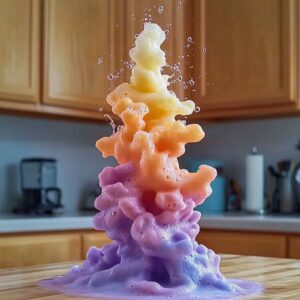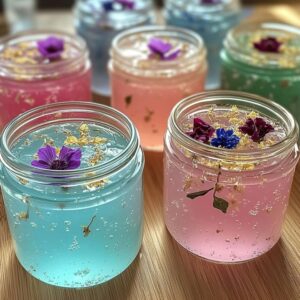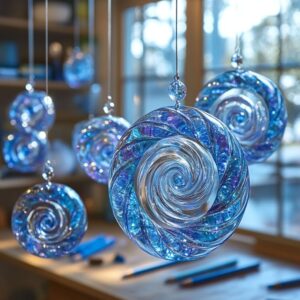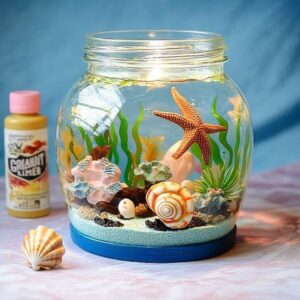Introduction
Meanwhile, if you’re seeking a mesmerizing science experiment that doubles as a playful sensory activity, then you’ll adore the Dancing Rice Experiment. Consequently, this engaging project showcases a simple chemical reaction between baking soda and vinegar, which causes uncooked rice grains to lift, bob, and “dance” in water. Therefore, whether you’re a parent searching for a rainy-day activity, an educator planning a memorable classroom demonstration, or a curious kid eager to explore chemistry fundamentals, this lively experiment delivers excitement and learning in equal measure. Furthermore, it requires only pantry staples and everyday kitchen items, making it both budget-friendly and accessible to everyone.
Why You’ll Love This Experiment
Firstly, the Dancing Rice Experiment captivates children’s attention as they watch tiny rice grains perform acrobatic movements. Secondly, because the reaction is both visual and tactile, it engages multiple senses, which enhances retention and curiosity. Moreover, it’s safe and non-toxic, providing peace of mind for parents and teachers. Additionally, the setup and cleanup are remarkably quick, so you won’t be stuck with piles of messy dishes afterward. Finally, by observing the scientific principles at play, participants cultivate an early appreciation for chemistry, physics, and cause-and-effect relationships.
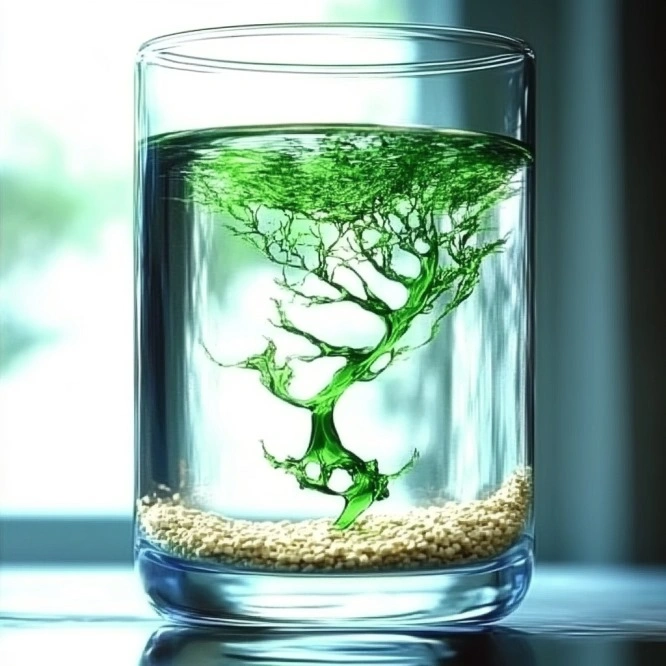
Ingredients
- Clear container (glass or plastic, 16–24 ounces)
- Water (approximately 1 cup)
- Baking soda (1 teaspoon, plus extra for refills)
- Vinegar (1 tablespoon, plus optional extra)
- Uncooked rice (handful, about 2 tablespoons)
- Food coloring (optional, for added visual flair)
- Spoon (for stirring and mixing)
Necessary Tools
- Measuring spoons (to ensure accurate proportions)
- Measuring cup (to measure water precisely)
- Funnel (optional, helpful for careful pouring)
- Tray or mat (to contain potential spills)
- Paper towels (for quick cleanup)
Ingredient Swaps and Additions
Alternatively, if you lack baking soda, you can substitute powdered antacid tablets (crushed) as an acid-base reagent. Conversely, if you don’t have vinegar, lemon juice serves as a natural acidic alternative, though it may introduce a slight aroma. Additionally, you can experiment with different grains — such as quinoa or small pasta shapes — to observe whether popcorn kernels or other small items also “dance.” Furthermore, if you’d like to add color, drop a couple of food coloring drops into the water before adding rice, ensuring an even hue when stirred. Finally, for deeper learning opportunities, mix in a pinch of liquid dish soap to explore how surfactants affect bubble formation.
Step-by-Step Instructions
- Prepare Your Workspace: First, arrange your container on a tray or mat to catch any drips. Next, gather all ingredients within reach so you won’t be scrambling mid-experiment.
- Fill the Container: Afterward, pour 1 cup of water into the clear container. Thereafter, observe how water clarity can impact visibility of the reaction.
- Dissolve the Baking Soda: Then, sprinkle 1 teaspoon of baking soda into the water and stir thoroughly until no granules remain visible. Consequently, this step ensures a uniform base solution for an even reaction.
- Add the Rice: Subsequently, add a handful of uncooked rice, allowing it to settle around the container’s bottom. Meanwhile, note how the rice initially sinks to the base.
- Initiate the Reaction: Next, pour 1 tablespoon of vinegar into the mixture. Immediately, watch as bubbles form around the rice, lifting the grains upward as carbon dioxide gas adheres to them.
- Observe the Dancing: Then, marvel at the rice grains rising and falling as bubbles attach and pop at the surface, creating a delightful dancing effect.
- Extend the Fun: Finally, to prolong the dance, add a pinch more baking soda followed by a splash of vinegar. Consequently, you’ll witness renewed bubbling that brings rice back into motion.
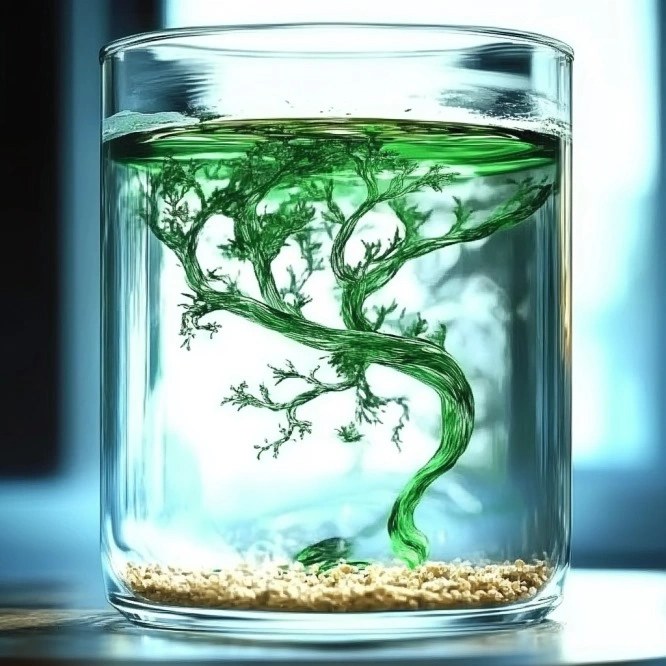
Pro Tips for Success
- Use fresh ingredients to guarantee vigorous reactions, since older baking soda can lose potency over time.
- Crush baking soda with the back of a spoon if it appears clumpy, so it dissolves more readily.
- Experiment with water temperature, as warmer water can speed up reaction rates, though it may also cause bubbles to dissipate faster.
- Limit the rice quantity if you want each grain to move freely; too much rice can crowd the container and dampen motion.
- Clean the container thoroughly between trials to prevent residue buildup, which could alter reaction dynamics.
Serving Suggestions
Although this experiment isn’t edible, you can creatively “serve” it to different audiences. For instance, present it as a “live demo” during science fairs or homeschool sessions. Alternatively, package all ingredients in a DIY science kit, complete with labeled jars, for gifting to young learners. Finally, record the dancing rice on video and share on social media with step-by-step captions to inspire others to try the experiment themselves.
Storing and Reheating
Since the Dancing Rice Experiment’s materials aren’t perishable, you can store leftover baking soda and vinegar indefinitely in airtight containers. Moreover, you can prepare a pre-mixed baking soda solution in advance and refrigerate it for up to a week before use. However, be aware that vinegar may absorb odors over time, so keep its bottle sealed tightly.
Nutritional Information
Although not intended for consumption, here’s a playful “nutritional” breakdown:
- Calories: 0 kcal
- Sugars: 0 g
- Protein: 0 g
- Fat: 0 g
- Chemical Reaction: Baking soda + vinegar → Sodium acetate + carbon dioxide + water
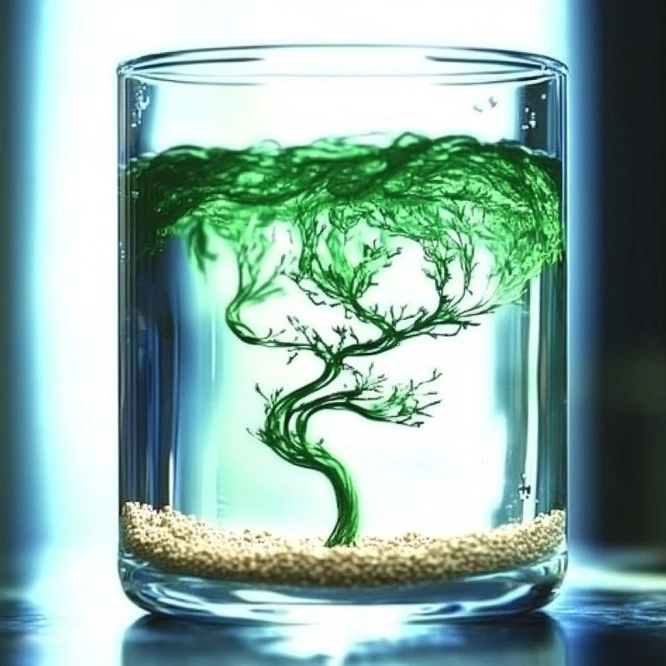
FAQs
1. Can I use warm water instead of room temperature water? Yes, and you’ll notice the reaction happens more quickly, although bubbles may rise and pop faster, which can shorten the dancing duration.
2. Why is my rice not dancing? If the reaction seems weak, try adding more baking soda or fresher vinegar. Additionally, ensure the rice is uncooked; cooked rice won’t trap bubbles effectively.
3. Can I use this experiment in a lesson plan? Absolutely, and you can integrate math by measuring reactant volumes, or discuss gas laws in a basic chemistry unit.
4. What other items can dance besides rice? Tiny pasta shapes, poppy seeds, or quinoa often show similar buoyancy effects when bubbles adhere to their surfaces.
5. Is this safe for all ages? Yes, because it uses food-safe ingredients, but younger children should be supervised to prevent accidental ingestion of vinegar or baking soda.
Conclusion
Ultimately, the Dancing Rice Experiment combines simplicity, wonder, and hands-on learning in one delightful package. Consequently, it’s perfect for classrooms, kitchen countertops, or science-themed birthday parties. Moreover, by observing how carbon dioxide bubbles lift rice grains, participants gain firsthand insight into chemical reactions and gas behavior. Therefore, whether you’re guiding a lesson plan or looking for an engaging craft, this experiment promises smiles, curiosity, and plenty of dancing fun.

